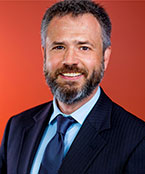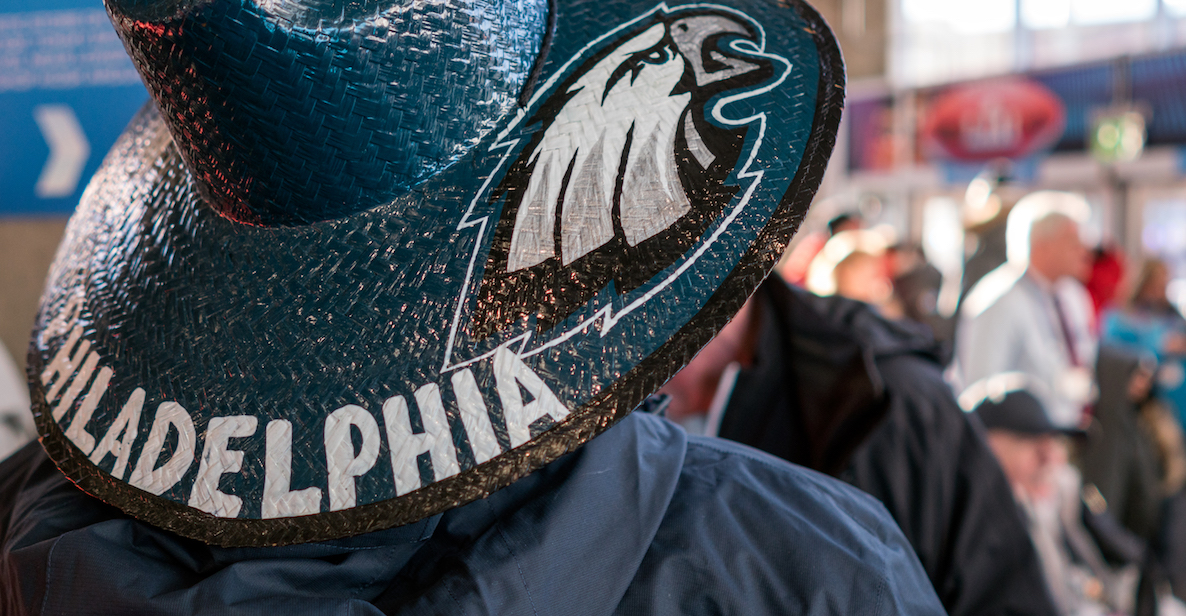Following in the tradition of Connor Barwin and Malcolm Jenkins, former All-Pro wide receiver and current Eagles broadcaster Mike Quick will write weekly for The Citizen this season, analyzing what the Birds will have to do each week on the field to emerge victorious. We’ve paired Quick with Professor Richardson Dilworth, Director of Drexel University’s Center for Public Policy, who will analyze how Philly stacks up off-the-field against the city we play each week. Dilworth, who knows nothing about football, is arguably Quick’s most unlikely teammate ever.
Mike Quick’s On-Field Scouting Report:
The Eagles have to limit Tampa Bay’s “X plays.” That’s what we call offensive plays that gain 20 or more yards; they can often be game-changers, and Tampa Bay’s offense is very explosive. They had 9 X plays last week, thanks to their many big play weapons, including former Eagle receiver DeSean Jackson, who had two touchdowns.
Offensively, the Eagles need to get quarterback Nick Foles going early. We’ve all seen the good Nick, but there’s another Nick we don’t want to see. The best way to get the good Nick? The first 15 plays are always scripted, so the idea is to call some easy throws for him, like slants over the middle. Just to get him in a good rhythm, so he can settle in.
Finally, our offensive line has to dominate the line of scrimmage so the Eagles offense can put together 10 or 12 play drives that eat up the clock and keeps all those Tampa Bay weapons off the field.
Prof. Richardson Dilworth’s Off-Field Scouting Report:

As in the case of Atlanta, Tampa Bay is a much younger city than Philadelphia and it is in the Sunbelt, and that almost always means it will have less park space, worse transit, and fewer people biking and walking to work. Tampa is about 20 square miles smaller than Philly but it also has about 1.2 million fewer people—so it is far less dense, and that will typically mean more vehicle miles traveled per day, longer commutes, and more private yards instead of public parks.
So Philly should certainly win on all the scores where older, denser, Northeastern and Midwestern cities always beat Sunbelt cities, which—in my humble opinion—are sprawling, soul-deadening, suburban-style monstrosities.
But let’s zero in on this week’s diversity scores, which Tampa Bay wins. We’ve calculated this data using a “cultural diversity” score compiled by WalletHub that compares ethno-racial, birthplace and linguistic diversity across the country. Primarily, Tampa Bay wins on the basis of its having a larger percentage of Latino residents (24 percent versus 14 percent in Philly). Other than that, we have higher percentages of all other minority groups, and a smaller percentage of white residents.
But Tampa Bay scores better than Philly in terms of spatial segregation. That is, Tampa Bay is shockingly well-integrated spatially in terms of economic status, while Philadelphia is very segregated (see explanation and data in this old but still relevant article). Economic segregation correlates closely to racial and ethnic segregation.
But Philly should get some credit for being a “majority-minority” city as compared to Tampa Bay, where 65 percent of residents are white. So, yes, in Philadelphia, the more diverse population is more segregated than in Tampa Bay—but that can also produce a more ethnically and racially diverse city council, since racial groups will be over-represented in council districts.
Finally, let’s consider the voter turnout score in the last mayoral election, in which Philly wins with our still pathetic 24 percent turnout.
It’s a bit unfair to compare the last mayoral elections, because here there was no incumbent and it was a more interesting and consequential race with lots of good (or at least reasonably sane) candidates. In Tampa the 2015 election was between a popular incumbent, Bob Buckhorn, and… no one. Some sort of acupuncturist and Occupy activist briefly ran but then dropped out. The fact that Tampa Bay couldn’t scrape together a legitimate challenger is pretty pathetic, but the same could be said for every mayoral general election here since the first time Sam Katz challenged John Street.
Mayor Buckhorn appears to be a bit of a horse’s ass, having jokingly aimed a real firearm at journalists. But his major agenda has been to push a big plan to make Tampa more walkable and transit friendly. He is, in other words, addressing all the things that the scores show makes Philly better than Tampa. He even won an award from the U.S. Conference of Mayors for making Tampa a “livable” city.
Photo: Lorie Shaull via Flickr (CC BY-SA 2.0)


